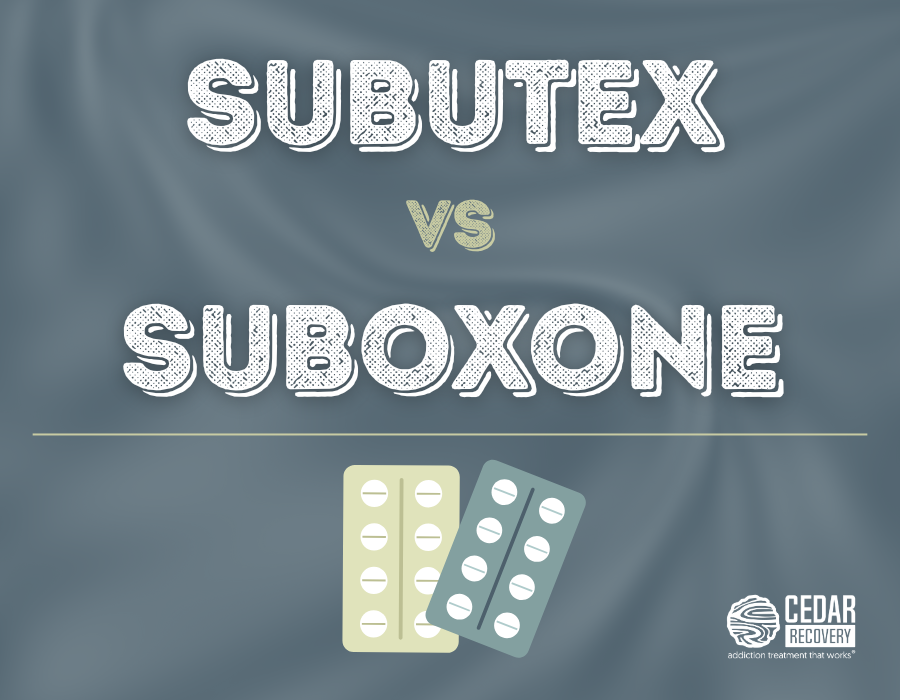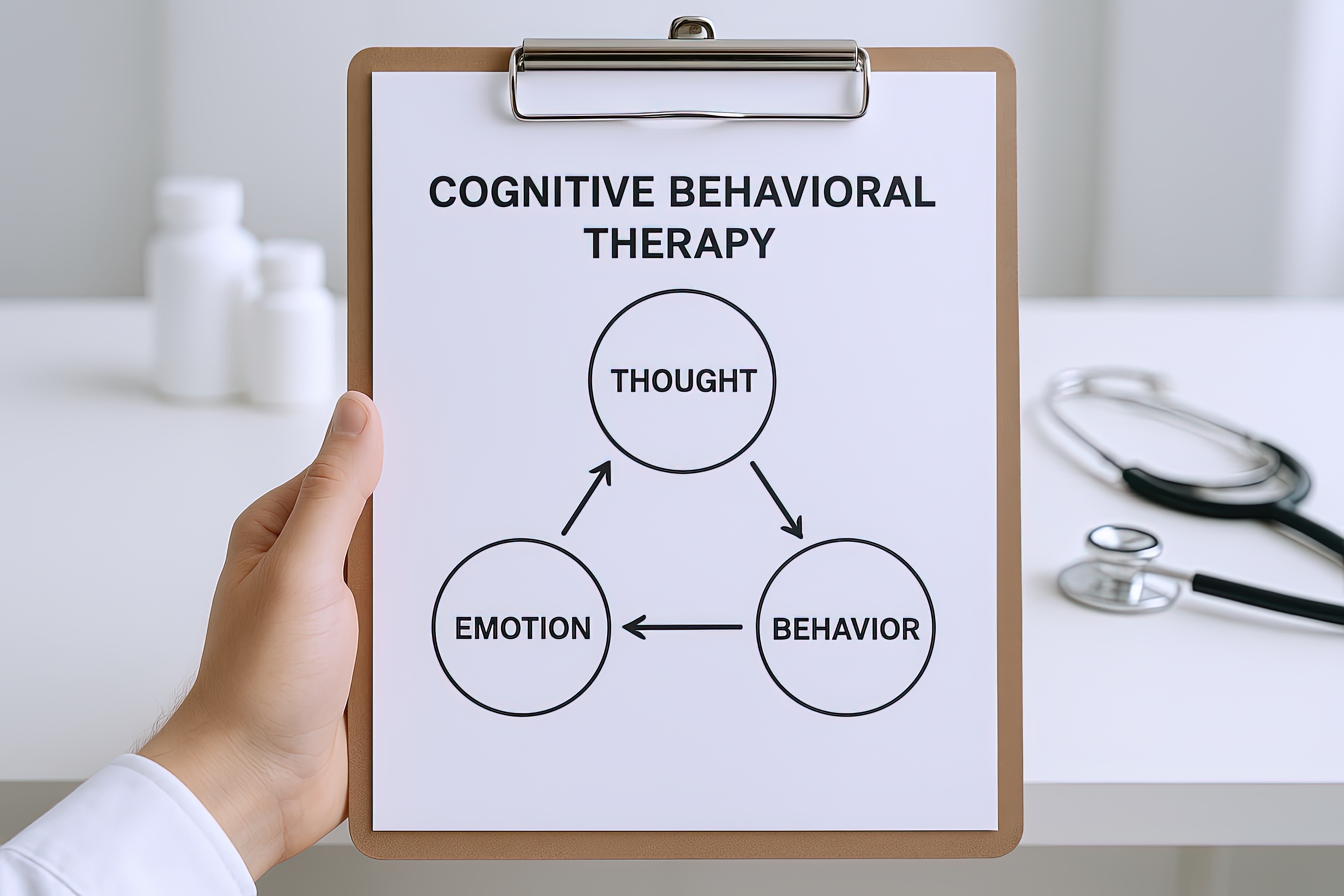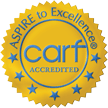Every October, communities across the nation observe Substance Use Prevention Month, a time to raise awareness about the risks of substance misuse and highlight strategies that can protect individuals, families, and communities. With the rise in opioid-related overdoses and fentanyl risks, prevention efforts are more important than ever.

Prevention isn’t just about saying “no” to drugs. It’s about building resilience, strengthening communities, and creating environments where healthy choices are the easiest choices.
Why Prevention Matters
According to the Centers for Disease Control and Prevention (CDC), nearly 107,000 people died from drug overdoses in 2022, with opioids involved in more than 75% of these deaths. Many of these tragedies could have been prevented through earlier intervention and community support.
Substance use prevention focuses on reducing risk factors—like trauma, stress, or peer pressure—and promoting protective factors, such as supportive relationships, access to treatment, and strong community ties. Research from the National Institute on Drug Abuse (NIDA) shows that prevention programs targeting youth, families, and schools are effective in reducing the likelihood of substance misuse later in life.
Key Strategies for Substance Use Prevention
1. Education and Awareness
The earlier prevention starts, the better. School-based programs and community outreach efforts can teach children and teens about the risks of substances, while also promoting mental health and coping skills.
2. Family Involvement
Strong family bonds are protective against substance use. Open communication, healthy boundaries, and positive role modeling all reduce the likelihood of misuse.
3. Community-Based Programs
Prevention is strongest when entire communities are involved. Partnerships between schools, healthcare providers, and organizations create consistent messages and resources for families.
4. Access to Treatment and Support
Prevention doesn’t stop at awareness. When individuals do begin to struggle, connecting them with effective care—like Medication-Assisted Treatment, therapy, and peer support—prevents substance misuse from progressing to addiction.
5. Overdose Prevention
Expanding access to naloxone (Narcan) and fentanyl test strips saves lives and reduces overdose deaths. These tools give communities a chance to intervene before tragedy strikes.
Taking Action to Prevent Substance Use in Tennessee and Virginia
In Tennessee and Virginia, where fentanyl continues to drive overdose deaths, prevention is urgent. According to the Tennessee Department of Health, fentanyl-related overdose deaths have risen sharply over the past five years. Local coalitions, schools, and healthcare providers are stepping up to distribute naloxone, promote safe prescribing practices, and provide education in schools.
At Cedar Recovery, we are proud to support these prevention efforts by breaking down barriers to care. With 13 locations across Tennessee and Virginia, plus a telemedicine platform and mobile clinic, we bring treatment and prevention resources directly to the communities that need them most.

How Families and Loved Ones Can Help
If you have a loved one at risk of substance misuse, prevention begins at home. Here are a few practical steps:
– Talk openly about the risks of opioids, alcohol, and other drugs.
– Model healthy coping strategies, such as exercise, therapy, or community engagement.
– Encourage early treatment if you notice warning signs, such as secrecy, mood changes, or risky behavior.
– Keep naloxone on hand if you live in a community impacted by opioid use.
A Shared Responsibility
Substance use prevention is not the responsibility of one person or one group—it’s a shared responsibility. Families, schools, healthcare providers, and communities must work together to build environments that protect against substance misuse and support healthy futures.
This October, during Substance Use Prevention Month, let’s recommit to raising awareness, reducing stigma, and making prevention part of everyday life.
Cedar Recovery: Prevention Through Treatment
At Cedar Recovery, prevention and treatment go hand-in-hand. By offering MAT and IOP programs, Suboxone treatment, counseling, and community-based support, we help people not only recover from addiction but also prevent relapse and future harm. If you or someone you love is struggling with substance use disorder, including opioid use disorder, help is available. Contact us today to get started!
We believe that every step toward prevention is a step toward a healthier, happier community.
References
- Centers for Disease Control and Prevention. (2023). Drug overdose deaths in the U.S. top 107,000 in 2022. https://www.cdc.gov
- National Institute on Drug Abuse. (2020). Prevention programs. https://nida.nih.gov
- Tennessee Department of Health. (2023). Drug overdose data dashboard. https://www.tn.gov/health




